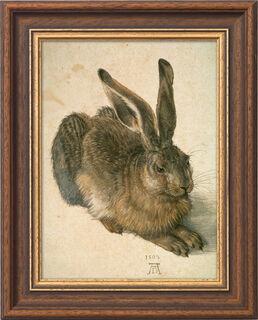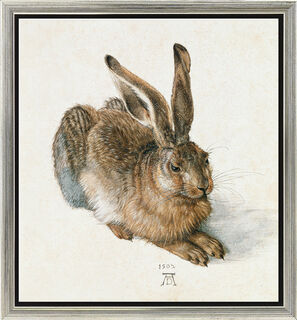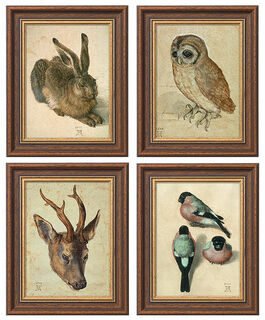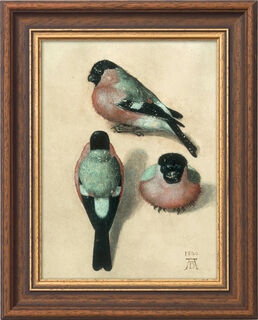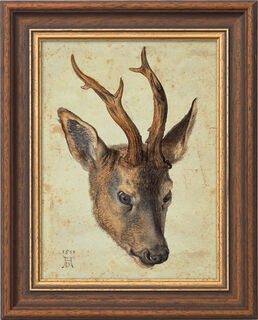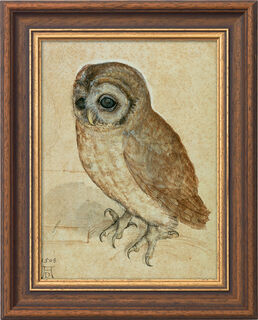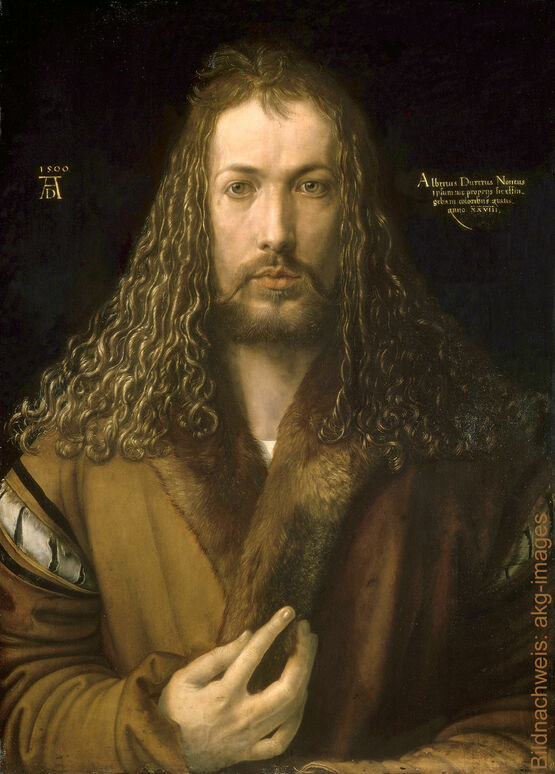
Albrecht Dürer
1471-1528
German painter, copperplate engraver and woodcut draughtsman. He is one of the most important and versatile artists of the period of transition from the late Middle Ages to the Renaissance in Germany.
At first, he learned goldsmithing but at the age of fifteen, he already started as an apprentice to a painter. Later he followed the German custom of taking Wanderjahre (gap years), and when he returned home he developed the greatest versatility in painting using the techniques known at the time.
His animal drawings, that are produced in such accuracy of observation and execution of drawing, point to the view of nature, undistorted by mythology and superstition, that became so characteristic of the Renaissance. The statement formulated by Galileo more than a century later already applied to Dürer at his time: "Nature is written in that great book whichever is before our eyes but we cannot understand it if we do not first learn the language and grasp the symbols in which it is written."

